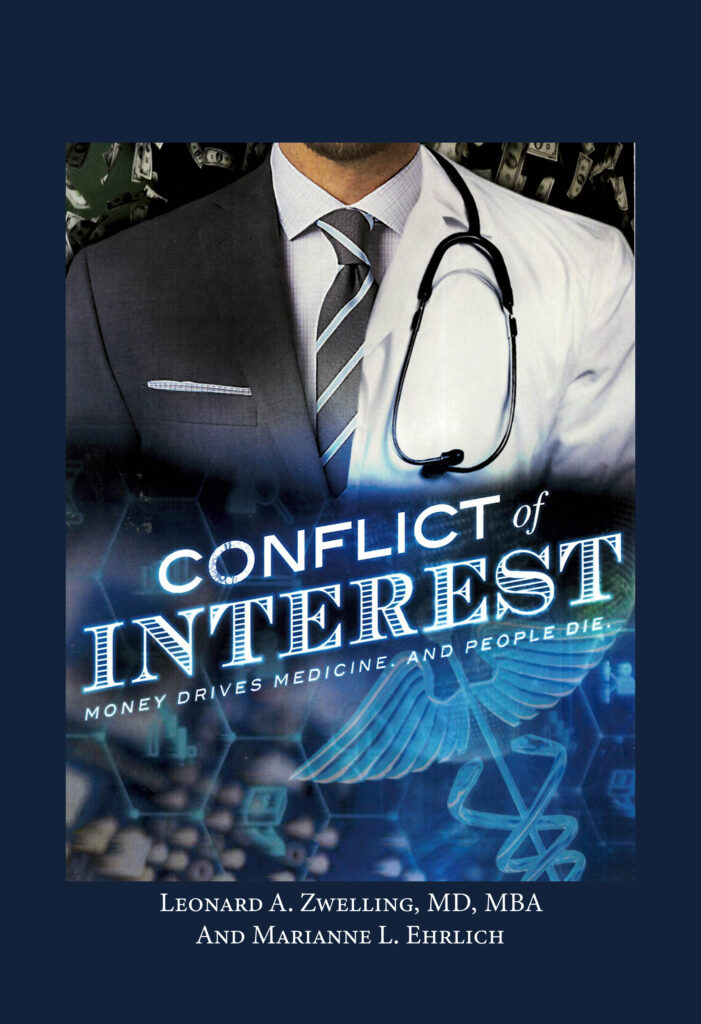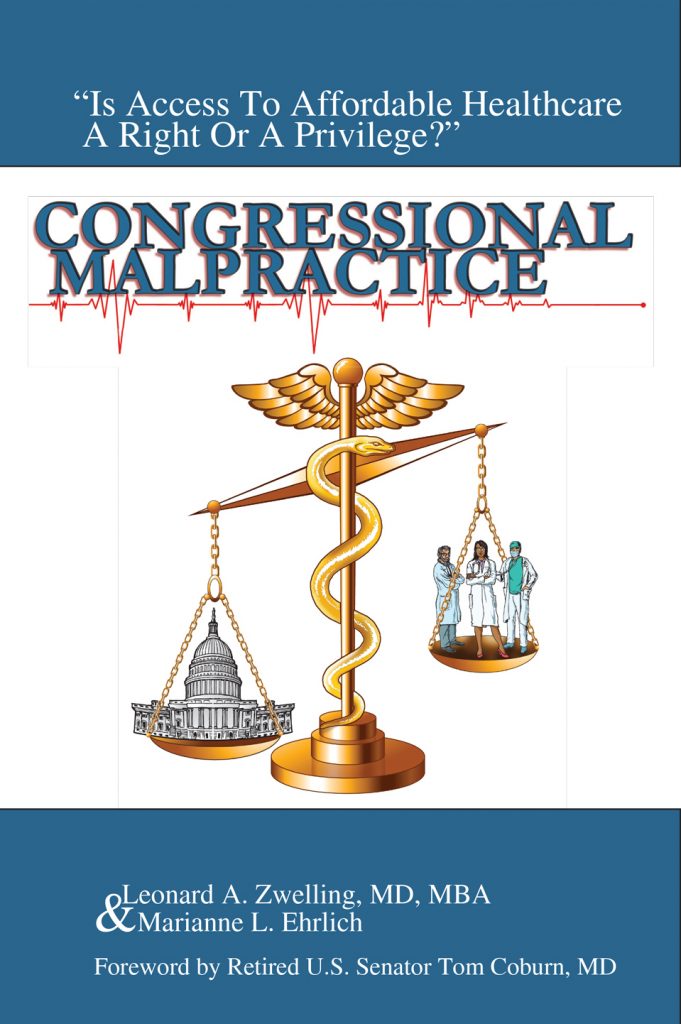A Troubling Conversation
By
Leonard Zwelling
Recently I had a troubling conversation with an established
and wise faculty member of long standing (that means he was over 50). This
faculty member was telling me about two major struggles for clinical investigators
at MD Anderson.
The first was E-Research which he described as an
all-encompassing research data base that includes the replacement for many of
the information systems my office installed in the late ‘90s including PDMS,
PDOL and the system used to track animal care and use protocols.
My
first response was, “it’s about time”.
In March of 1995 when I first assumed the oversight of the
clinical research infrastructure, PDMS was the only game in town. It was never
built to service the protocol activities and human subject registration
tracking of the entire cancer center. It was devised by Susan Welch under the
guidance of then Division of Medicine head Irv Krakoff to gain control of phase
1 trial data for reporting purposes. It’s use beyond phase 1 studies was
optional in the Division of Medicine and surely so in the rest of the cancer
center.
In late 1995 and early 1996, I was challenged with my first
“crisis” when a Warning Letter from the FDA shut down the studies of one of the
faculty. I spent 3 months trying to get the studies open, communicating by memo
(this was pre-email) with the faculty member and by telephone with the FDA, and
fielding anxious queries from patients and faculty members alike. Late on an
icy wintery December evening, the IRB coordinator in my office discovered that a
patient had died on the trial in question without the IRB having been informed
as is mandated by federal code. Then another unreported death on the same trial
was discovered.
Shortly after the first of the year in 1996 Dr. Hohn, myself,
our FDA coordinator and the relevant Division Head visited the FDA in Bethesda,
MD for a command performance consisting of falling on multiple swords. We must
have bled sufficiently as our visit resulted in us succeeding in keeping the clinical
research programs at Anderson open but only if we installed a system of
institution-wide data collection that captured every registered clinical trial participant
in a single data base. You could not buy software like that in 1996 so we fell
to using PDMS. And, miraculously, it worked. The faculty grumbled but PDMS beat
the heck out of being shut down. A few years later we devised the PDOL system
and clinicaltrials.org (way before the NCI stole our url without asking).
Martha Matza, Wes Browning and Carleen Brunelli were essential to the
development of these systems as was Martha’s entire IS crew.
When I resigned from the oversight of clinical research in
2004, this was the state of affairs in clinical research IT, but talk had begun
about replacing all of this with a new system that could be purchased. I was
all for it, IF the new system could do what the old one did. I found out
through this recent conversation that over 9 years later (and $20M later spent
on e-research) all of the systems my team invented are still being used and the
replacement system is not ready for prime time.
The other piece of my troubling conversation with this
senior faculty member was about genomics. Apparently the demand for this
service exceeds the ability of the institution to handle it and many of the sequencing
tests being ordered will not be reimbursed by insurers. No wonder. Most of them
are of theoretical utility only as to whether or not they will reveal a
potentially beneficial therapeutic avenue for any given patient. Furthermore,
even if a gene mutation is discovered and a targeting molecule matching the
mutation exists, this may constitute off-protocol, off-label drug use that once
again risks the drug’s use not being paid for. And of course there is the matter
of clinical benefit as in ‘Is There Any’ and how will you know when N=1?
In both information systems and financial matters, the
desire and needs of the clinical research faculty have out-stripped the
infrastructure’s ability to keep up and the institution’s ability to pay for it.
Furthermore, some difficult decisions will need to be made about which costs of
molecular investigations (make no mistake, this is still research in most
cases) the institution is willing to absorb and which it will not.
These are matters of prioritization, financial and research.
The answers should derive from a true strategy that informs the research
mission, but I don’t think one exists. It needs to.
How
the institution will spend its limited resources supporting clinical research
with molecular components and supporting all of research with modern computer
systems should be on top of the Provost’s list.
Leaving the conversation with my colleague of long-standing,
I felt awful that these problems had not been solved. Now may be the perfect
opportunity to visit them anew, with some fresh eyes, fresh hands and bold
novel thinking. For sure, whatever has been done to date, does not seem to be
working.




